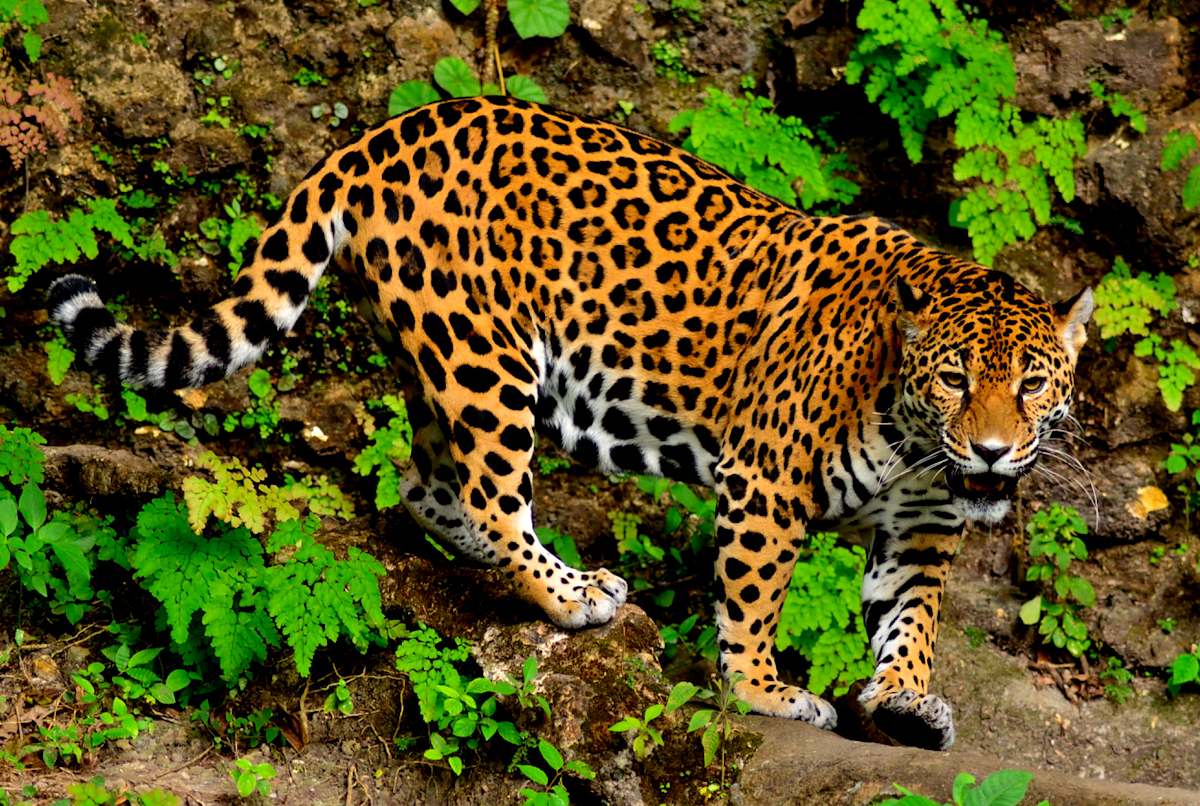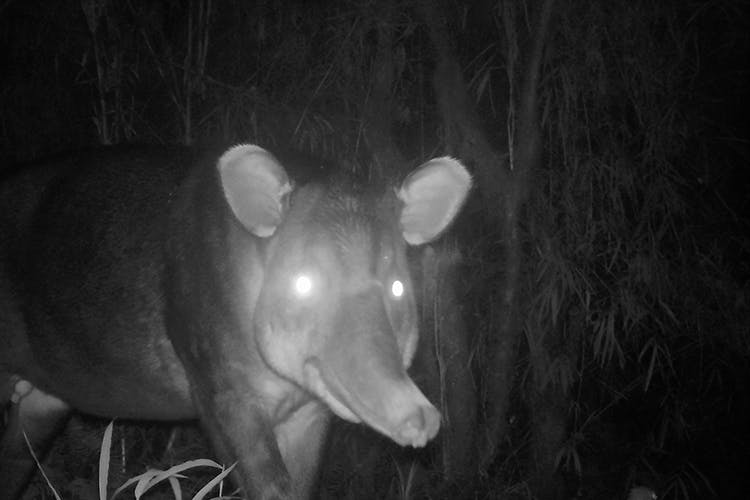baird's tapir

Gardeners of the Forest
The Baird’s Tapir is one of the world’s four tapir species, or “Ngarbing” as they are called in the Indigenous Rama language. It lives in Central America and parts of northwest South America. These tapirs, which can grow up to 5 feet long and weigh up to 550 pounds, are critically important to keeping forests healthy. As they range through forests eating more than 200 species of fruits and plants, they disperse seeds through their scat, helping forests regenerate. Their important role in keeping forests healthy has earned them the nickname, “gardeners of the forest.”
Though Baird’s Tapirs play an outsized role in keeping the forests of Central America and parts of South America healthy, they are Endangered. Scientists estimate there are about 4,500 mature adults living in the wild. If Baird’s Tapirs go extinct, other species will feel the effects. The wild almond tree, known as Dipteryx panamensis, depends on large mammals like tapirs to disperse their seeds. These trees have some of the largest seeds in the forests; they are slow-growing trees with dense wood, which means they also store the most carbon. Without Baird’s Tapirs there would be fewer wild almond trees and less carbon locked in the forest grounds of Central and northwest South America. On top of this, these Dipteryx trees are the preferred nesting trees and a critical part of the diet of the endangered Great Green macaw. Without tapirs this globally endangered bird would struggle to find food and raise chicks.
Re:wild, the Houston Zoo, IUCN SSC Tapir Specialist Group and U.S. Fish and Wildlife Service’s International Affairs Program, Costa Rica Wildlife Foundation, Universidad de las Regiones Autónomas de la Costa Caribe Nicaragüense, la Universidad Nacional Autonoma de Honduras, and other local partners have banded together to protect Baird’s Tapirs and ensure the forests they live in remain resilient in the face of human-induced climate change.
Together, these partners make up the Baird’s Tapir Survival Alliance (BTSA). The Alliance is working in Mexico, Belize, Guatemala, Honduras, Nicaragua, Costa Rica and Panama to reduce and eliminate the biggest threats to the species:
Unsustainable hunting
Poaching
Retaliatory killings of tapirs in reaction to crop-raiding
Roads built in tapir habitats
Climate change
BTSA tailors programs to help specific areas where its partners work, while collectively helping achieve larger conservation goals across Central America. The Alliance encourages its partners to work together across countries and share experience, skills, and resources.
BTSA coordinates and collaborates with guardians – local, regional and national – who can ensure tapirs are protected while also rewilding the forests where they live.
For example, in the Tenorio-Miravalles region of Costa Rica, in response to retaliatory tapir killings, Tapir-Friendly Families (Amigos de la Danta) was created as an economic alternative for local farmers impacted by crop raiding. The farmers offer guided tours on their land, teaching tourists about tapirs, following their tracks, and (with a little bit of luck!), spotting tapirs in the wild. With our partners at Costa Rica Wildlife Foundation, Re:wild is helping evaluate this tapir tourism case study to determine its effectiveness, and continue to explore conflict mitigation techniques like this across Central America.


